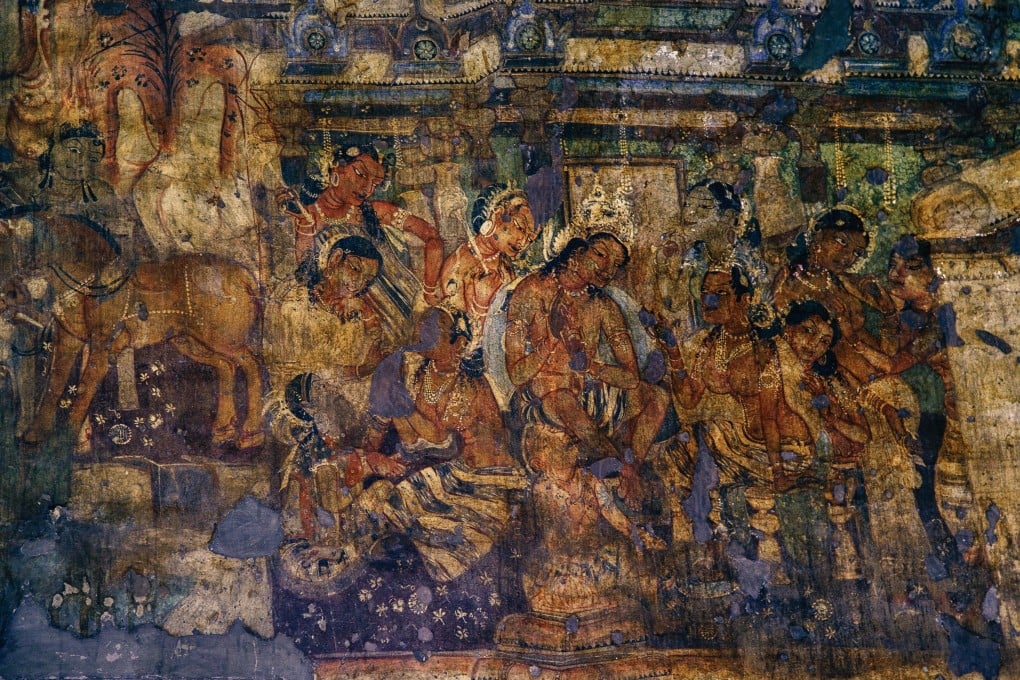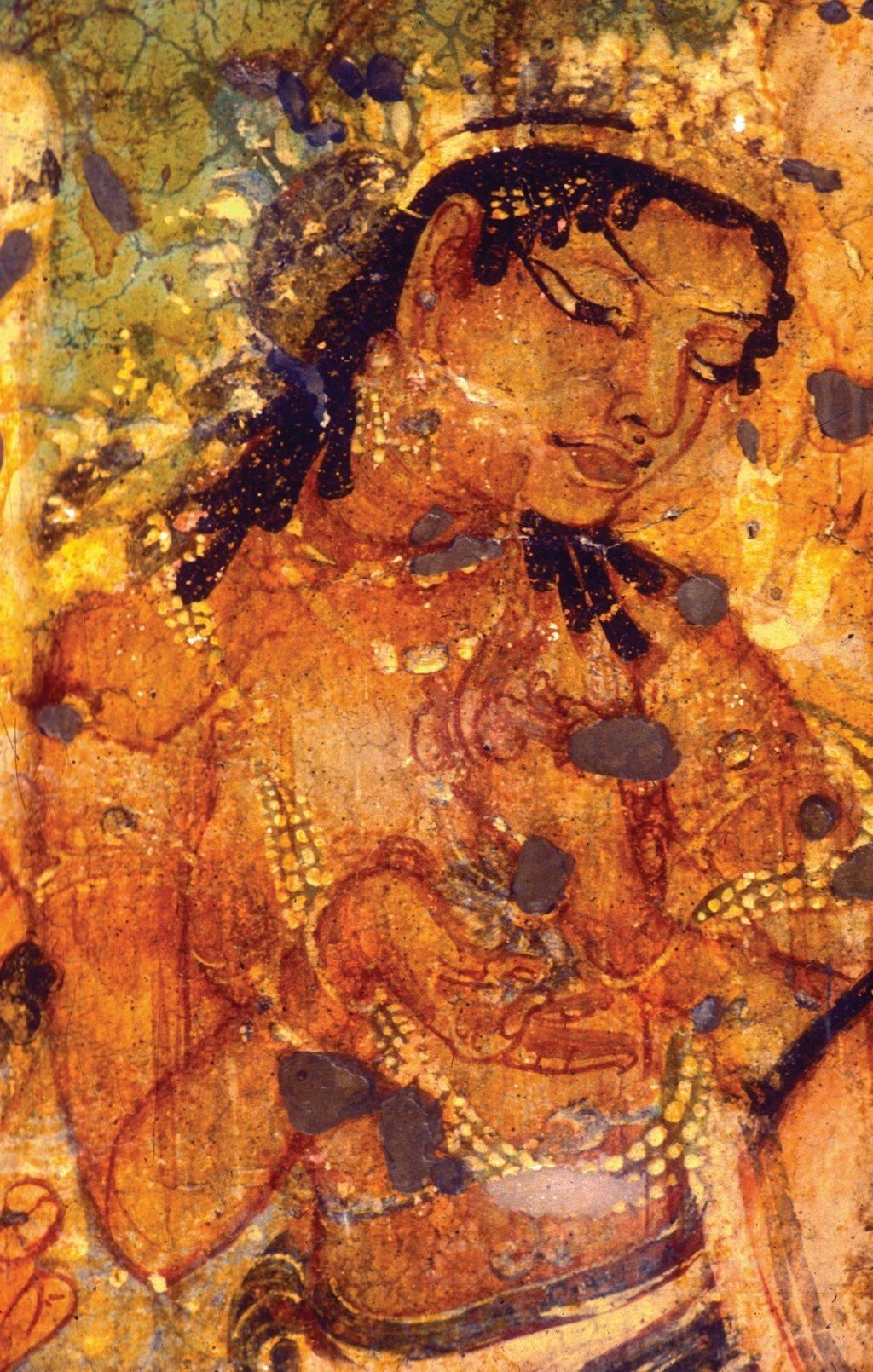Indian art conservation project uses nanotechnology to preserve ancient Ajanta Caves painting
- An image of an ancient mural – part of work that dates back two millennia – has been converted to special film and deposited in the Arctic World Archive
- Initially photographed by Indian art historian Benoy Behl in the early 1990s, it is potentially the first of many of his Ajanta photos destined for the archive

Featuring elephants, elaborate headdresses, finely wrought jewellery, flowers, jars of wine (or perhaps water), buxom women playing musical instruments, helmeted foreigners and religious symbols, the ancient Buddhist art of the Ajanta Caves in western India is considered a supremely beautiful historical record dating from as early as two millennia ago.
Now, an image of a detail from one of the murals has been deposited in an underground archive, in a decommissioned coal mine deep in an Arctic mountain on an island off the northern coast of Norway.
Originally photographed by Indian art historian Benoy Behl in the early 1990s using lowlight photography techniques he developed for the work, the image is of King Mahajanaka seen renouncing worldly pleasures in one of the elaborate Ajanta murals. Potentially the first of many of Behl’s Ajanta photos destined for the archive, the image is safe from cyberattacks, terrorism and natural disasters, and experts say it will be preserved for generations to come.
Behl’s photograph was digitised using high-end, pixel-level scanning, then converted to ultra-high-resolution film using the latest nanotechnology. Patricia Alfheim, from Norwegian digital data storage company Piql, says a 35mm silver halide photosensitive film that has been longevity-tested to survive for more than 500 years was used to store the image.

“The cool, dark and dry conditions inside the mountain increase this lifetime even further,” she adds. “PiqlFilm has been designed to be self-contained, meaning that all the information you need to recover the data is stored on the medium in human-readable text.”